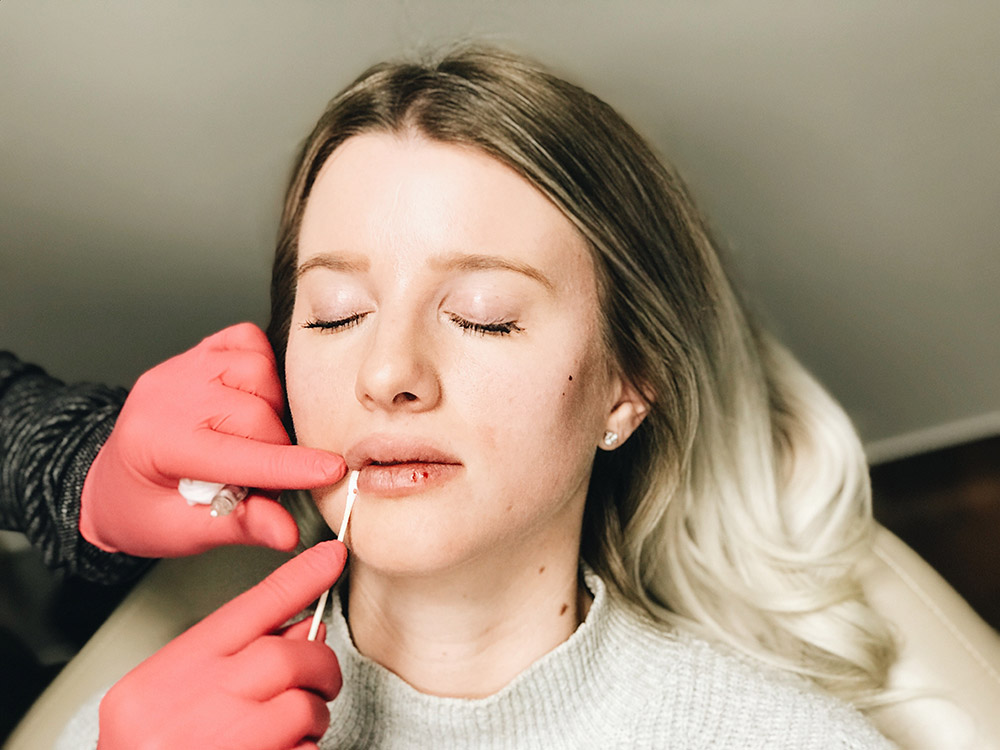Dermal filler shots are nonsurgical and usually completed through an office visit. Your primary therapy will start with a consultation, where you may meet your cosmetic surgeon to go over your concerns and aims.
Pre-treatment consultation
During your consultation, your cosmetic surgeon will evaluate your field of concern and examine your medical background. Though the risks associated with dermal fillers are minimum, you have to completely disclose your health history before therapy, as specific allergies, neurological and skin conditions, or drugs may jeopardize your safety or outcomes. As an example, you have to inform your cosmetic surgeon when you’ve been taking NSAIDs (e.g., ibuprofen, aspirin, naproxen) or blood thinners, because these increase the probability of bruising.
Your injectable filler treatment
Before the real treatment, the region will be washed, and you could be given a topical anesthetic to numb the area before injection. Many filler goods also include lidocaine, a mild anesthetic, which is supposed to help alleviate distress during and after your treatment. Your supplier will then inject an exact quantity of filler beneath the epidermis. Based upon the goods and the areas handled, you need to be able to detect results immediately after getting filler shots. Some patients experience moderate swelling and bruising, but these are temporary and should subside over the times after therapy. You’ll have the ability to return to your regular activities right after therapy, however, your cosmetic surgeon might request that you take the day off from exercise or other strenuous activity.
If you are having fat injections…
Facial fat grafting is a surgical procedure and follows a different therapy protocol. Usually, fat grafting can be done as an outpatient procedure, using general anesthesia or local anesthesia with sedation. Up to two weeks of downtime might be needed, based upon the magnitude of operation performed. Your cosmetic surgeon will discuss what to expect with recovery and surgery through your consultation. For best dermal products, visit dermalfillers2000.shop.
How Long Do the Results Last?
The impacts of dermal fillers may continue is dependent upon the item, the region of therapy, and the individual. Broadly, the thicker the item is and the more deeply it’s injected, the more it will survive, while this isn’t a hard and fast rule. To maintain the results, your cosmetic surgeon will just repeat treatment, correcting the quantity and techniques as essential to guarantee optimum outcomes. Temporary alternative, and are often suggested for first-time hepatitis sufferers. Injections into the lips will probably wear out a bit quicker than the nasolabial folds. Particular HA fillers, for example VOLUMA, are devised to last longer, but are generally confined to specific places, like the cheeks. Artificial fillers tend to survive longer, as they aren’t absorbed from the body. They may be a fantastic alternative for the ideal individual, but you will want to be prepared to commit to outcomes that’ll be there for many years–and opt for an experienced, qualified supplier whose aesthetic fashion you prefer.




